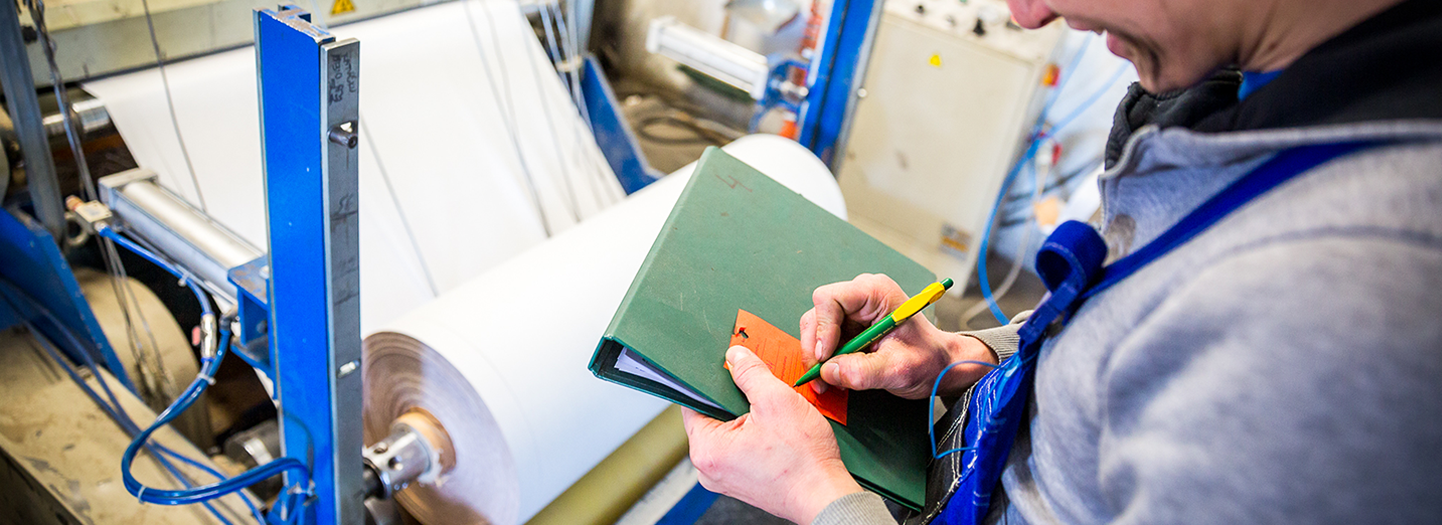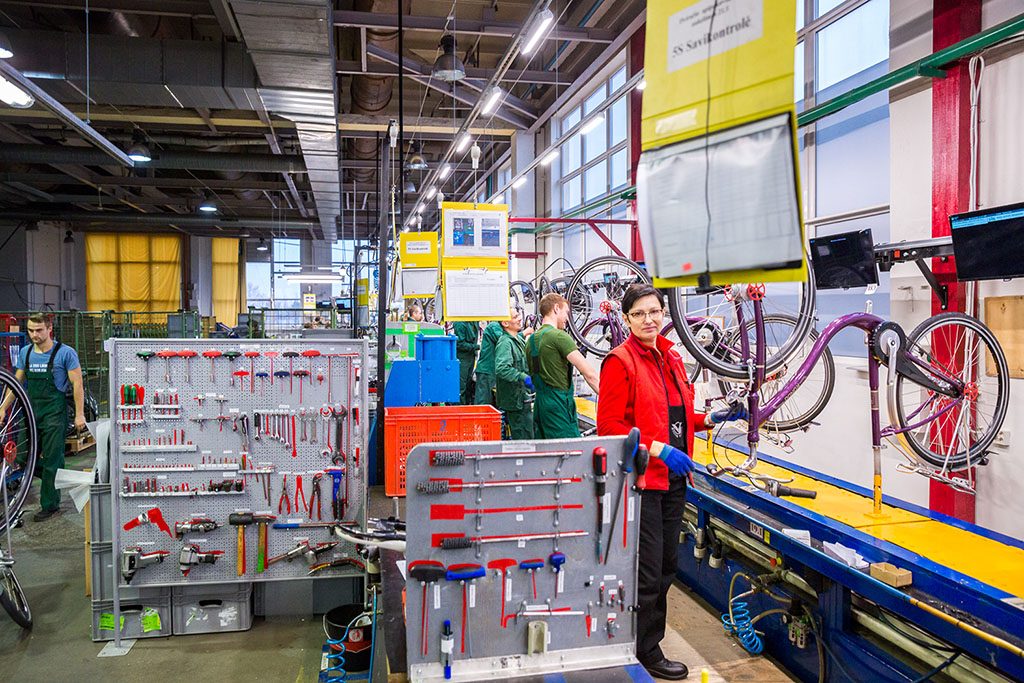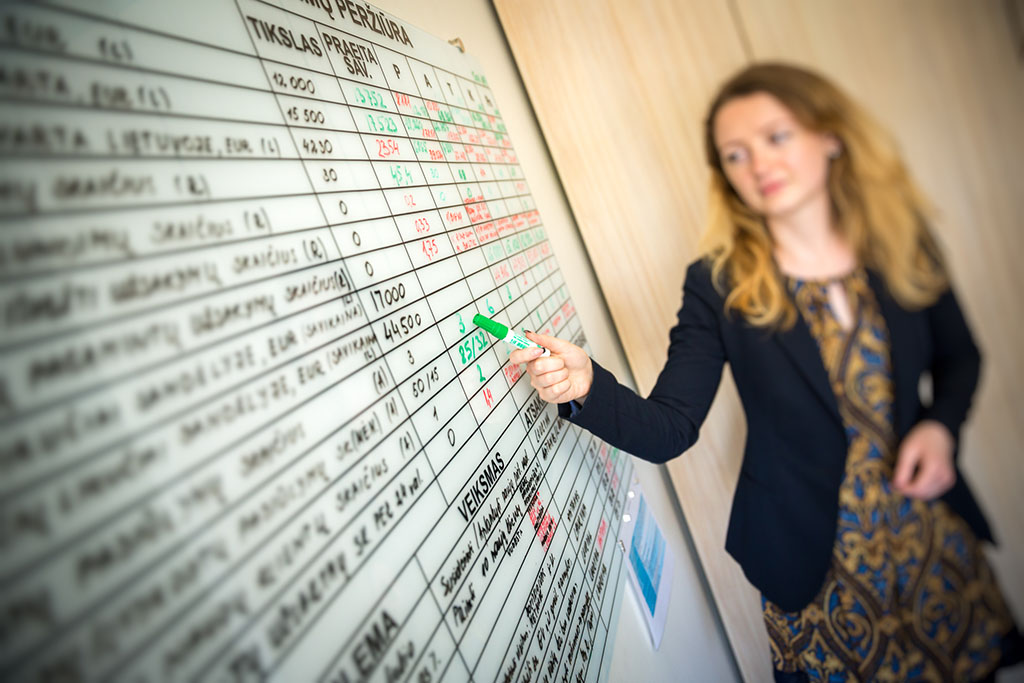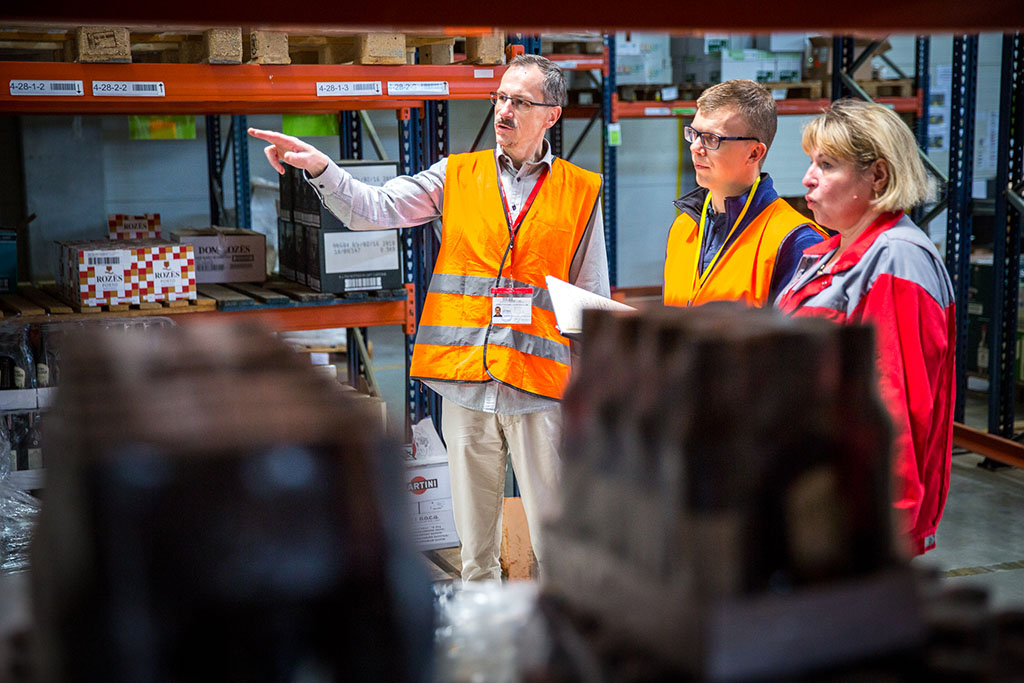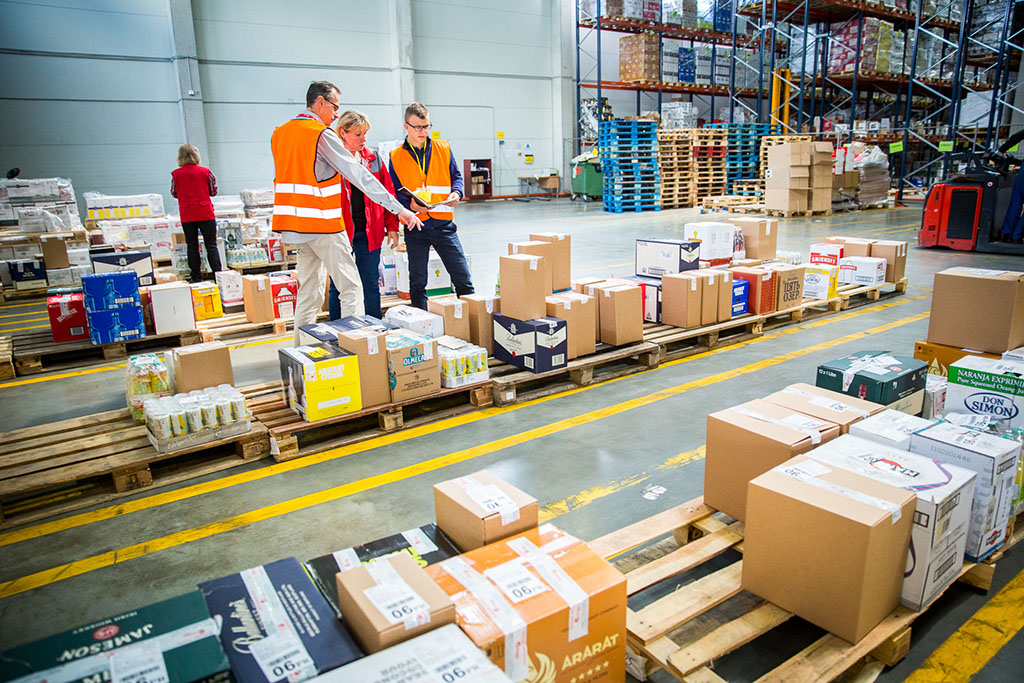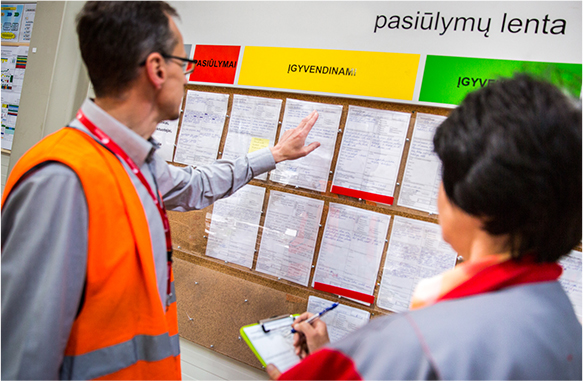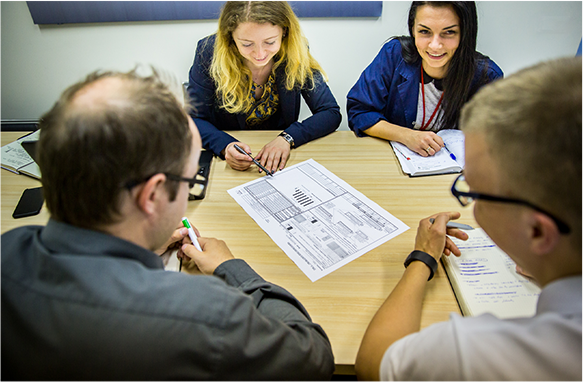LEAN MANUFACTURING
In manufacturing, Lean aims to shorten the time of order execution, reduce costs and improve work safety and quality. This is done by optimising processes through the identification and elimination of 7 wastes. To create clear organisation and performance standards, maintain optimal inventory levels and set clear responsibilities and priorities, it is important to identify and eliminate wastes: too much or too little inventory, unnecessary motion and inefficient transportation, over-processing, downtime and waiting, defects and overproduction.
The Lean methods used involve employees in day-to-day improvement activities, helping them to develop autonomy, responsibility and teamwork.

